The city Allahabad, which has recently acquired its ancient name ‘Prayagraj’, right now is the most visited place for Hindus from all over the world. People of all nationalities, castes, and skin colours set aside their differences and gather at the holy confluence of the sacred rivers (Ganga, Yamuna, and Saraswati) to wash away their sins and pay homage to their gods. Kumbh Mela festival is by far the greatest peaceful gathering in human history, which happens on a regular basis. Want to know more? Here are 8 facts you need to know…
Millions of devotees flock to one of the holy cities each Kumbh Mela – Allahabad (Prayagraj), Haridwar, Nashik, and Ujjain. According to the Hindu mythology, these are the four holy cities, where the drops of Amrit (immortality nectar) fell from the sky when gods (devas) and demons (asuras) were battling each other to have a sip from the sacred pot. That pot filled with Amrit is called Kumbh, hence the name of the festival.

Kumbh Mela happens at the confluence of three sacred rivers: two that you can actually see – Ganga and Yamuna, and one that is mythical – Saraswati. Bathing in these waters is believed to cleanse the human body on different levels, balancing all the five elements of which it’s made of (along with the Universe itself). Because 72% of the human body is water and most of our planet is water as well, it is very important to take care of that physical aspect.

Maha Kumbh Mela or the Great Kumbh Mela happens every 144 years, Purna Kumbh Mela happens every 12 years, Ardh Kumbh Mela or the Half Mela, which is happening in Prayagraj right now, takes place every 6 years, and the Magh Kumbh Mela or Mini Kumbh Mela is happening every year in Prayagraj only. The city in which a certain Kumbh Mela will take place is decided according to the special position of planets.

There are special bathing dates that are the most auspicious, usually coinciding with full moon, new moon, and holy celebrations like the Maha Shivratri. In 2019 the dates of holy baths are as follows: 14 Jan – Makar Sankranti; 21 Jan – Paush Purnima; 04 Feb – Mauni Amavasya; 10 Feb – Basant Panchami; 19 Feb – Maghi Purnima; 04 Mar – Maha Shivratri.

Kumbh Mela festival is probably your only chance to see the Naga Sadhus – devotees of Lord Shiva who left all the pleasures and luxuries of daily lives along with all material things. You’ll never see them in public apart from the holy days of Kumbh Mela when they flock the festival and spend days living in tents and practicing their sadhana. Nagas are not the only sadhus visiting the Kumbh – you will see holy men of various Hindu sects from the whole of India gathering for the sacred event. It’s a sight like no other!

Each Kumbh Mela attracts more visitors than the previous one. In 2013, around 120 million people gathered to take a dip at the confluence of holy rivers. Will this year’s Kumbh Mela see even more devotees on the banks of Ganga? We will see soon enough!

It is during Kumbh Mela that you can visit the submerged temple of Hanuman, the monkey god and one of the avatars of Lord Shiva himself. During the year the temple remains submerged in the waters of Ganga. Only during Kumbh Mela you can visit the temple and witness the 20-feet-high statue of Lord Hanuman.

The Kumbh Mela festival of 2019 spans over the territory of 2,500 hectares of land on the banks of Ganga River. Over 120,000 toilets were built to accommodate the festival, with thousands of tents in the vast Tent City with accommodation ranging from dormitories to 5-star stays. Over $580 million was spent on the Kumbh Mela of 2019!

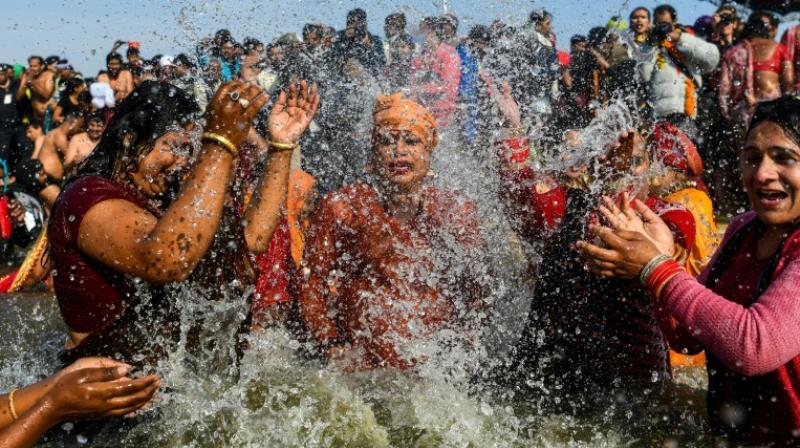
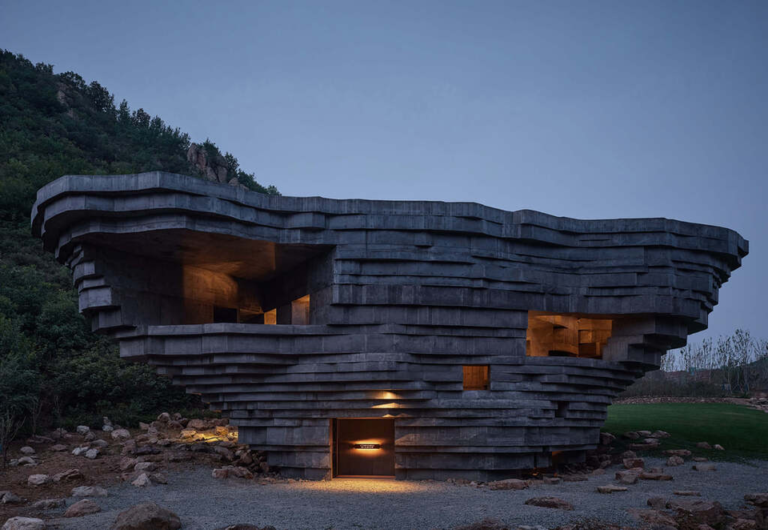

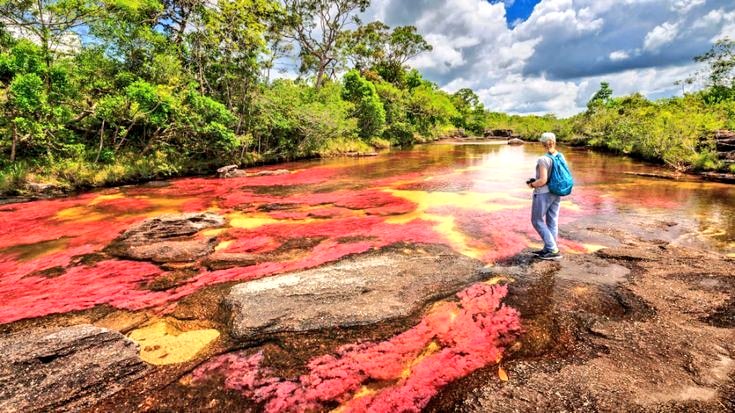

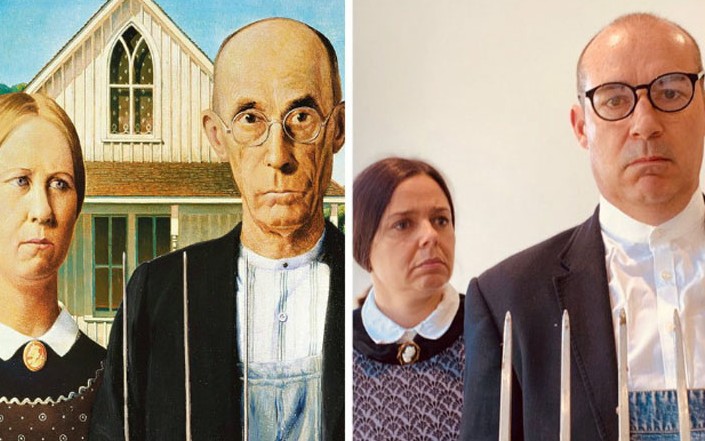
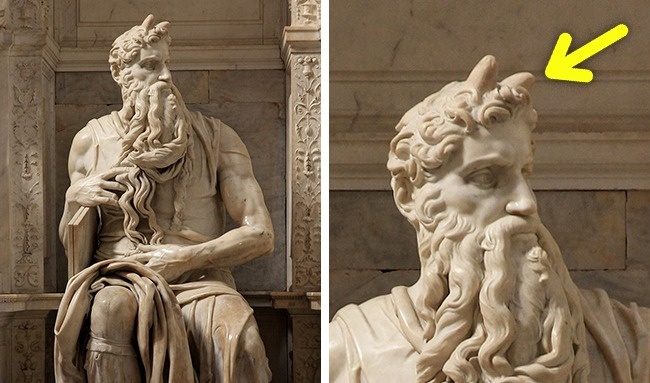
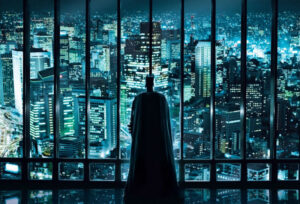






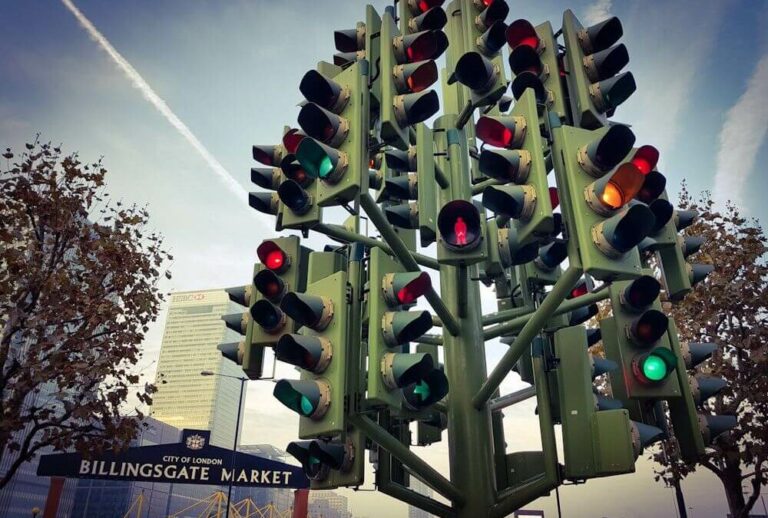


+ There are no comments
Add yours